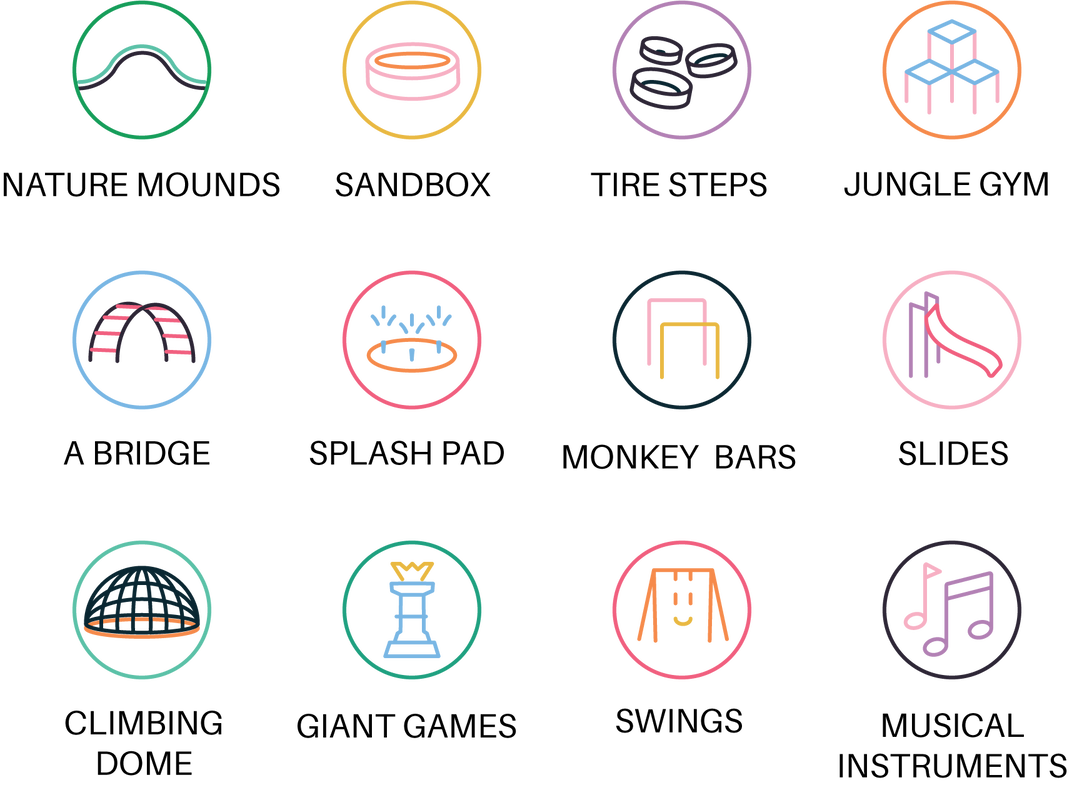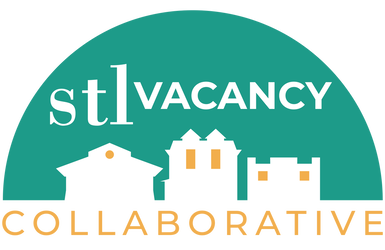1THE RIGHT FIT
A playspace is time and resource intensive, but it can be as little or as much as your community wants. You can invest in commercial playground equipment or construct the elements yourselves. |
2
ASK THE KIDS
Help the children in your community make drawings of what they want in a playspace. This is an opportunity for them to have a say in what their environment will be like. |
3FIRST THINGS FIRST
Secure any foundations for structures, put down a weed barrier cloth and nail down landscape timbers to make small ‘walls’ around the playspace. Cover with wood chip mulch or shredded rubber. |
Materials Checklist
- WEED BARRIER CLOTH
- UNTREATED TIMBERS
- MULCH, SHREDDED RUBBER, SAND, ETC.
- For creating soft surfaces
- For creating soft surfaces
- CONSTRUCTION EQUIPMENT
- For grading and digging post holes
- For grading and digging post holes
- CONCRETE/CEMENT
- For anchoring structures and creating
hard surfaces
- For anchoring structures and creating
Local Resources
- WHOLE BUILDING GUIDE PLAYGROUND DESIGN & EQUIPMENT
- PUBLIC PLAYGROUND SAFETY CHECKLIST
- PLAYGROUND IDEAS
- KABOOM!
- Organization that provides resources to communities looking to create safe and equitable playspaces for their children
Design & Maintenance Tips
SAFETY FIRST
Safety should be a primary consideration. Include fencing to prevent children from running into the street, rounded corners and a soft surface under any raised structures, and smoothed and sanded wood.
NATURAL PLAY
Employ subtle terrain changes (like building up mounds or hills and seeding them with grass). You can use logs, stones, and tree stumps as play equipment!
Safety should be a primary consideration. Include fencing to prevent children from running into the street, rounded corners and a soft surface under any raised structures, and smoothed and sanded wood.
NATURAL PLAY
Employ subtle terrain changes (like building up mounds or hills and seeding them with grass). You can use logs, stones, and tree stumps as play equipment!
LOCAL PROJECT EXAMPLE -
Bryan Hill School Garden
Bryan Hill School Garden
MAP OF LOCAL PROJECTS
You can view the map legend by clicking the icon in the top left corner.
If you would like to add your community greening project to this map, please submit a contact form.
MEET THE TEAM
-
St. Louis Vacancy Collaborative
-
Green City Coalition
-
Arbolope Studio
<
>
The Vacancy Collaborative is a coalition of community representatives, private and nonprofit stakeholders, and City agencies, committed to reducing vacant property in the City of St. Louis. Reducing the negative impact of vacancy is a complex puzzle that requires coordination to achieve a shared vision. The Vacancy Collaborative is not a stand-alone entity—it was created to coordinate existing vacancy efforts under one umbrella, and to support the public and private sectors in working together toward comprehensive solutions.
The Reinvestment & Reuse Working Group, one of six collaborative working groups, focuses on identifying and promoting financial and sustainable solutions to equitably reinvest in vacant property. Topics include small contractor and rehabber development, financial reinvestment tools and historic preservation, and alternative land uses like those presented in this guide.
The Reinvestment & Reuse Working Group, one of six collaborative working groups, focuses on identifying and promoting financial and sustainable solutions to equitably reinvest in vacant property. Topics include small contractor and rehabber development, financial reinvestment tools and historic preservation, and alternative land uses like those presented in this guide.
Green City Coalition (GCC) is a collective initiative of state, city, community organizations, and neighbors working collaboratively to develop and conserve green spaces that promote healthy, vibrant and engaged St. Louis neighborhoods.
GCC has cooperative agreements with the Missouri Department of Conservation, City of St. Louis, St. Louis Development Corporation, Metropolitan St. Louis Sewer District, and Missouri Conservation Heritage Foundation, with additional members varying by neighborhood, program, or project.
GCC has cooperative agreements with the Missouri Department of Conservation, City of St. Louis, St. Louis Development Corporation, Metropolitan St. Louis Sewer District, and Missouri Conservation Heritage Foundation, with additional members varying by neighborhood, program, or project.
Arbolope Studio is an award-winning Landscape Architecture, Urban Design and Public Art practice based in St. Louis, Missouri, focused on creating innovative and impactful landscapes that balance high-quality design, social equity, and environmental resilience.
Arbolope works with a variety of local, national and international clients including universities, institutions, corporations, and communities – at scales ranging from intimate landscapes to large urban plans.
Arbolope works with a variety of local, national and international clients including universities, institutions, corporations, and communities – at scales ranging from intimate landscapes to large urban plans.
If you have questions, comments, or additions for this toolkit, please submit a contact form.

